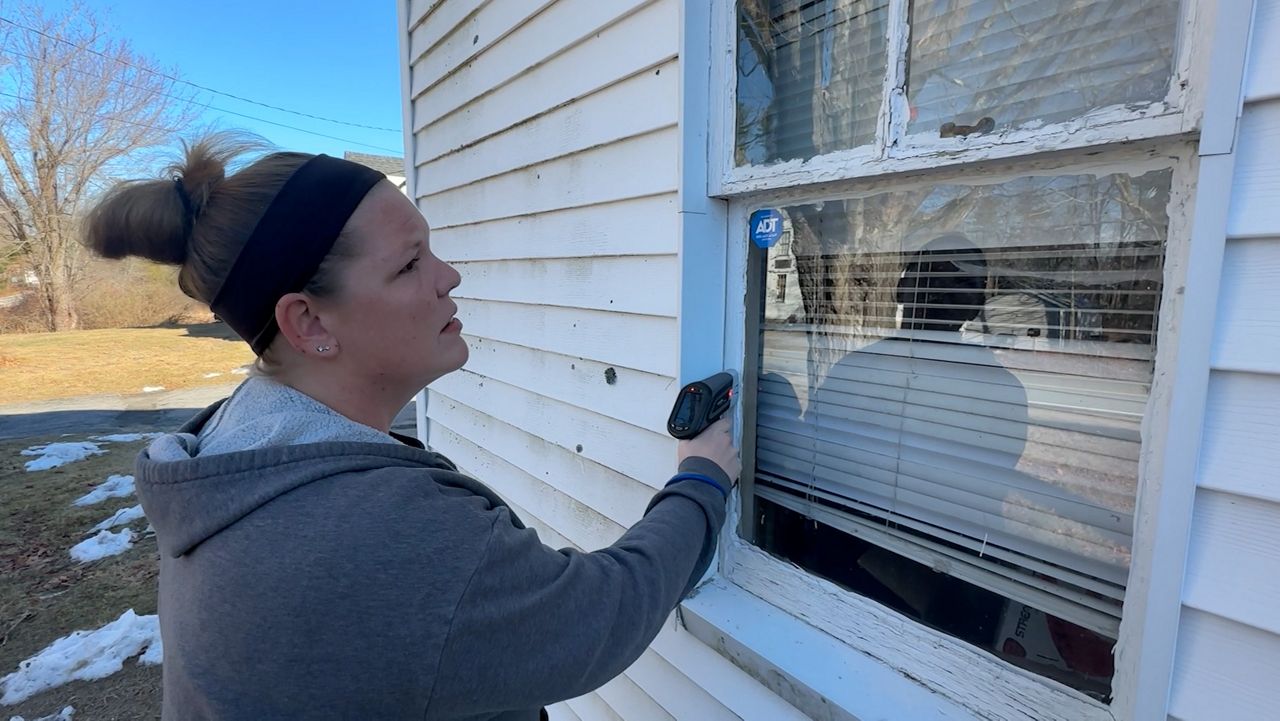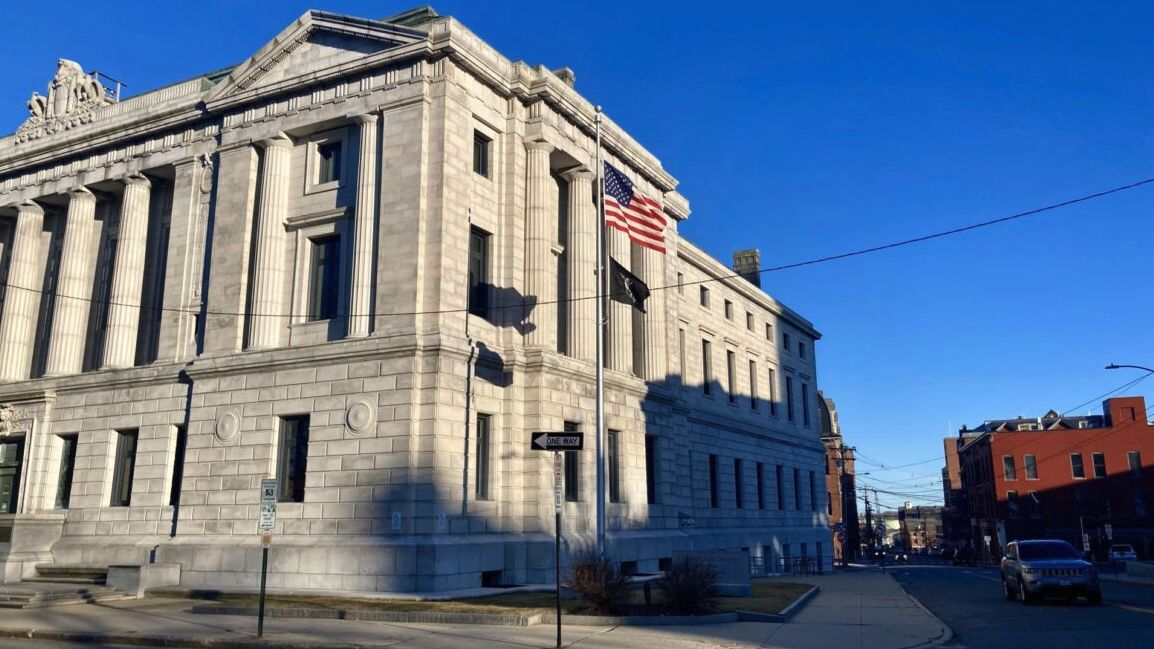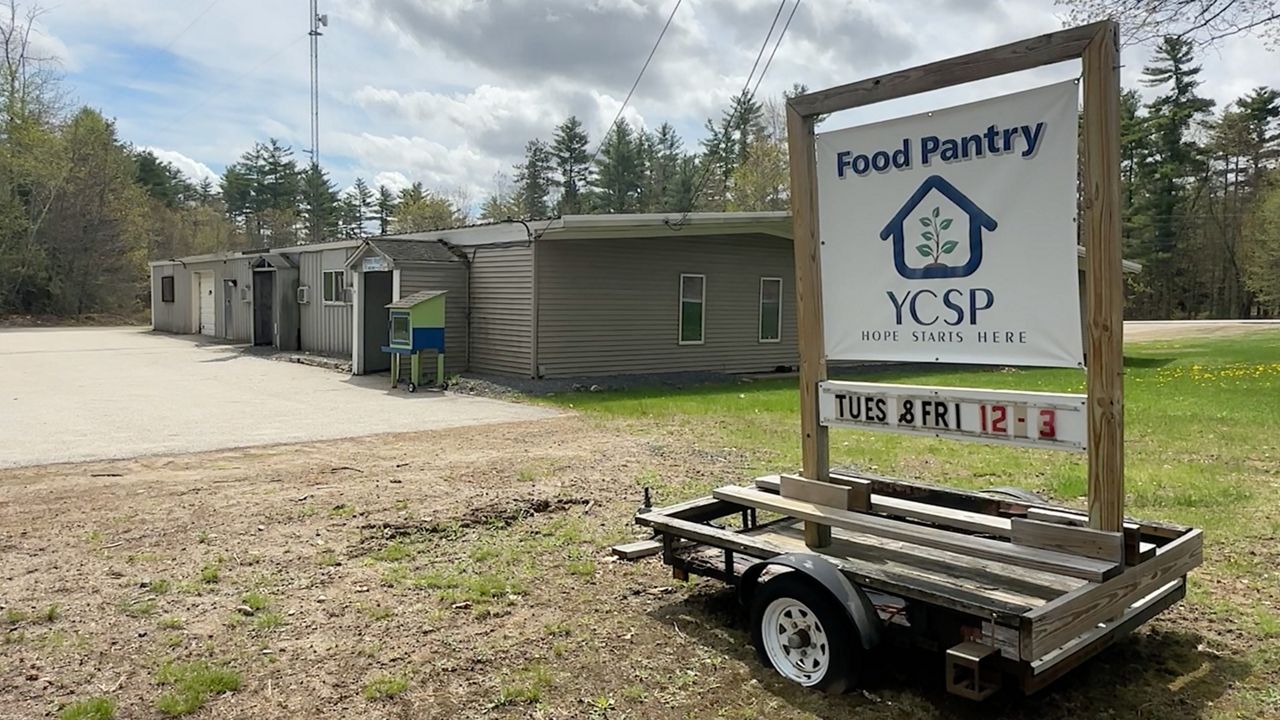PORTLAND — A new $3.3 million federal grant for lead paint cleanup work is on its way to the City of Portland, enough to treat 110 units of housing in Cumberland County.
The city council has already given the grant first reading, and is expected to vote to accept the grant at its meeting on Tuesday.
The money, which comes from the U.S. Department of Housing and Urban Development, will be administered by the city, but used to help clean up lead paint in older homes in Portland and surrounding communities.
Data from MaineHousing and other advocacy groups has suggested in the past that Maine may have the oldest housing stock in the country. A memo to the city council on the grant indicated as much as 30% of the homes in Cumberland County were built prior to 1950.
That was long before the U.S. government banned the manufacture of lead-based house paint in 1978, according to Michele Guyette, the City of Portland’s lead-safe housing project manager.
“We’ve got very old housing stock in Cumberland County, all of Maine in general, just because we’re old mill towns basically, fishing communities, and these houses have been around for a very long time, so consequently, a lot of them have lead in them,” she said.
Stephanie Martin is the owner of Clarity Property Services, a Lewiston-based company that does inspection work to scan homes for lead paint. She said lead paint was popular because when new, it could take a beating. Most commonly, she said, homeowners used it to paint trim around doorways and windows.
“It was used often,” she said. “It’s very durable paint.”
After decades, however, even the strongest lead paint breaks down, flakes and creates dust that can cause all manner of health problems, including nervous system damage.
That’s not healthy for anyone, Guyette said, but children are particularly vulnerable, as their bodies mistake the lead for calcium and store it in their bones.
“When it gets stored in the bones, it’s very difficult to remove out of the body,” she said.
Martin said her job is to identify lead paint in older Maine homes. To do this, she uses a pistol-shaped device that essentially works like a miniature x-ray machine.
The machine, Martin said, puts out low-level X-rays — slightly more than a microwave oven, and less than a dental x-ray, she said — when placed up against a flat surface. The X-rays, she said, are tuned to detect the presence of lead.
Once detected, Martin said, there are a few options. One is to scrape loose paint off and seal what remains with a special thicker paint. The other, she said, is to remove and replace all the trim.
“It’s quite the process,” she said.
Guyette said the city has been using grant money to do various lead remediation projects since 1995, but the new one is the largest the city has seen so far. She said the plan is to treat 110 units of housing. That includes paying to temporarily relocate families while the work is done. Typically, she said, the work takes about a week.











